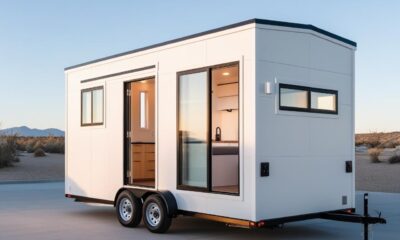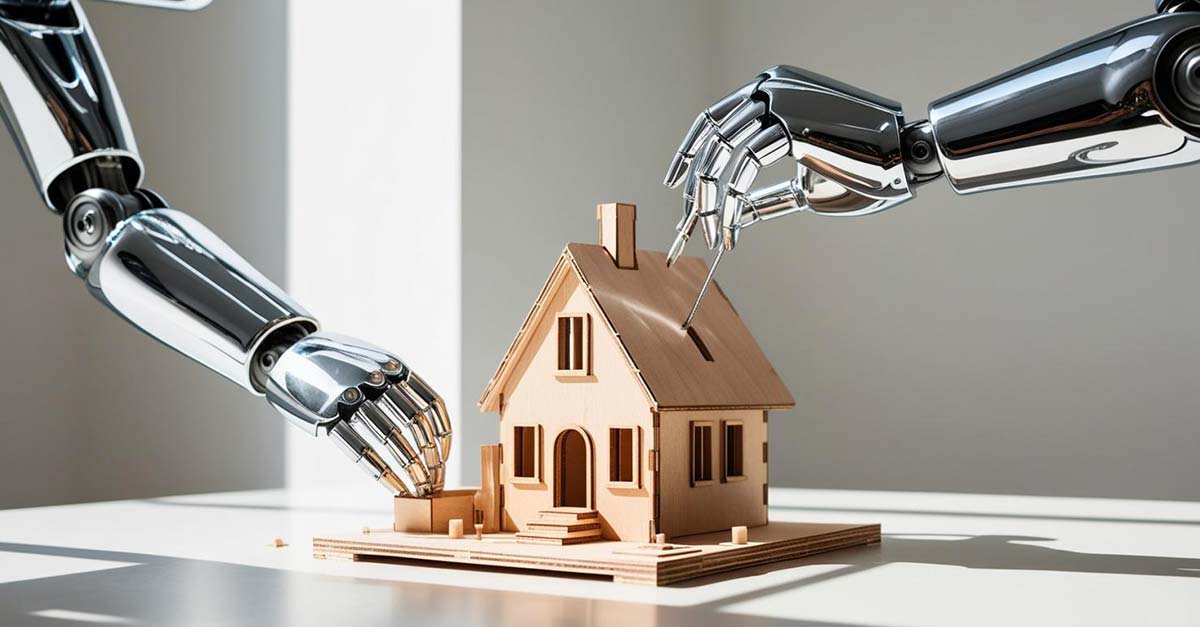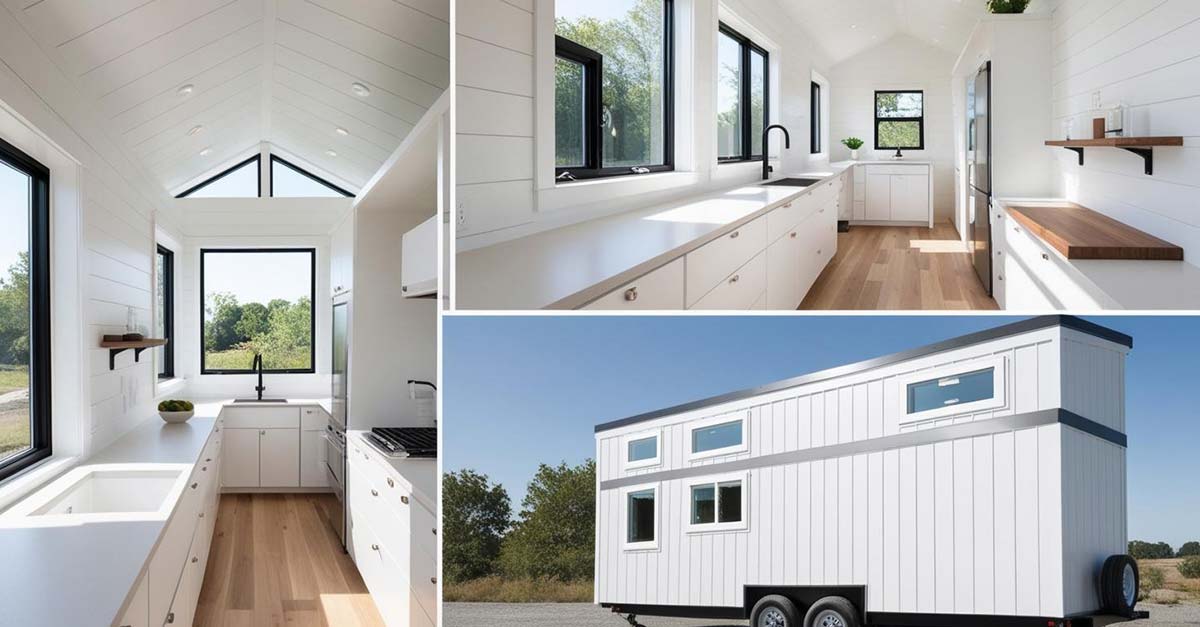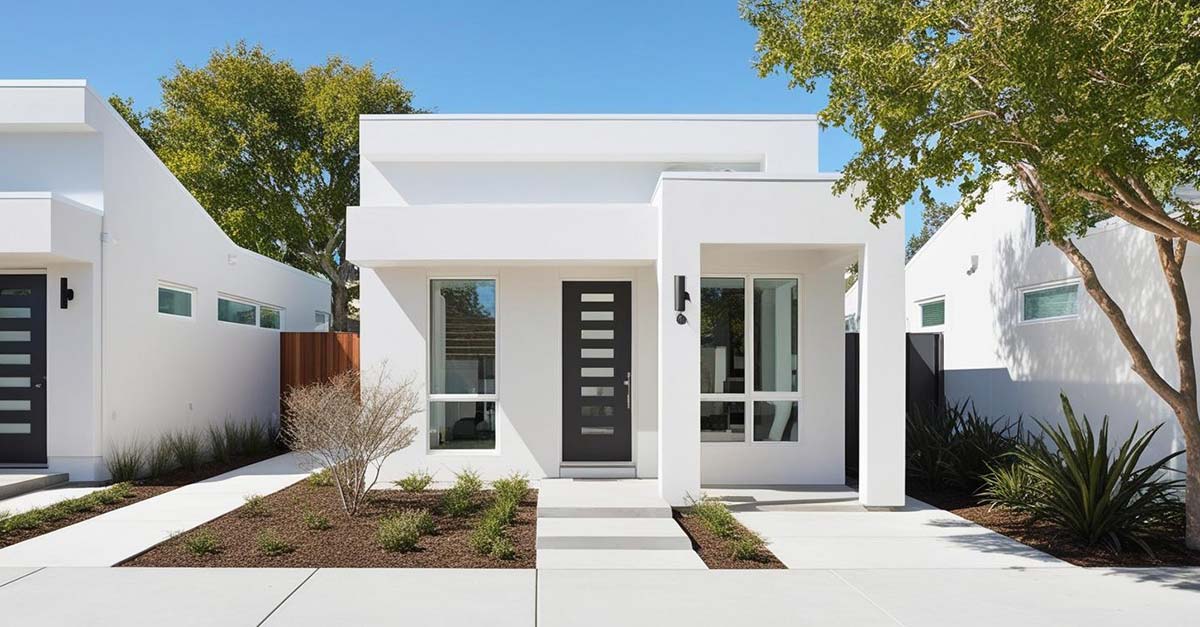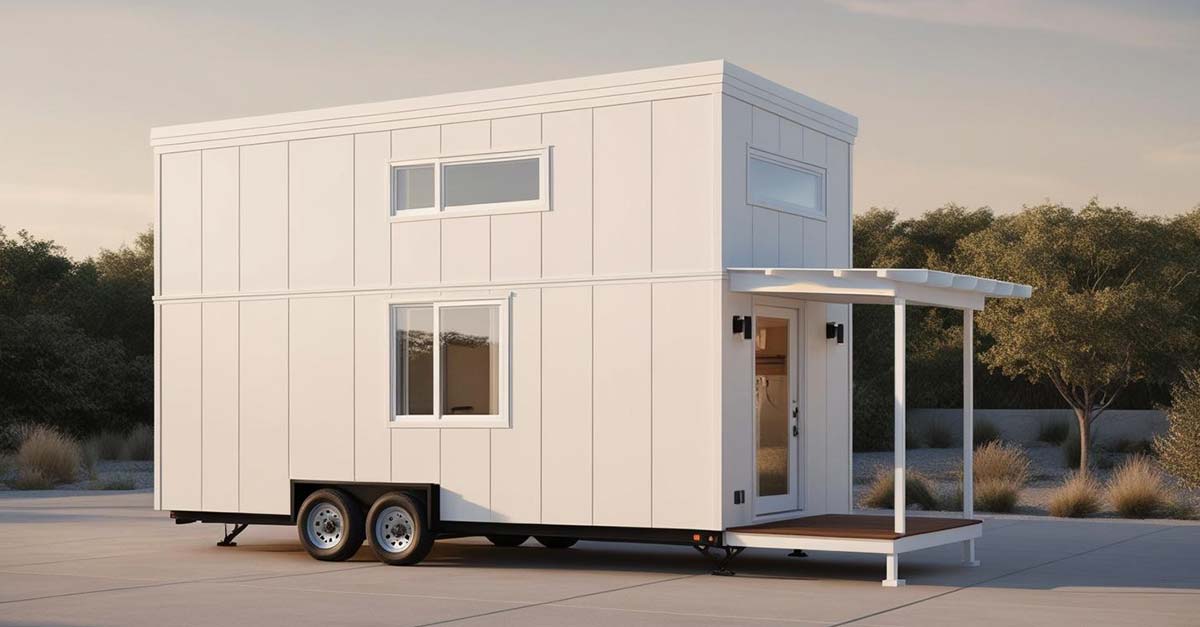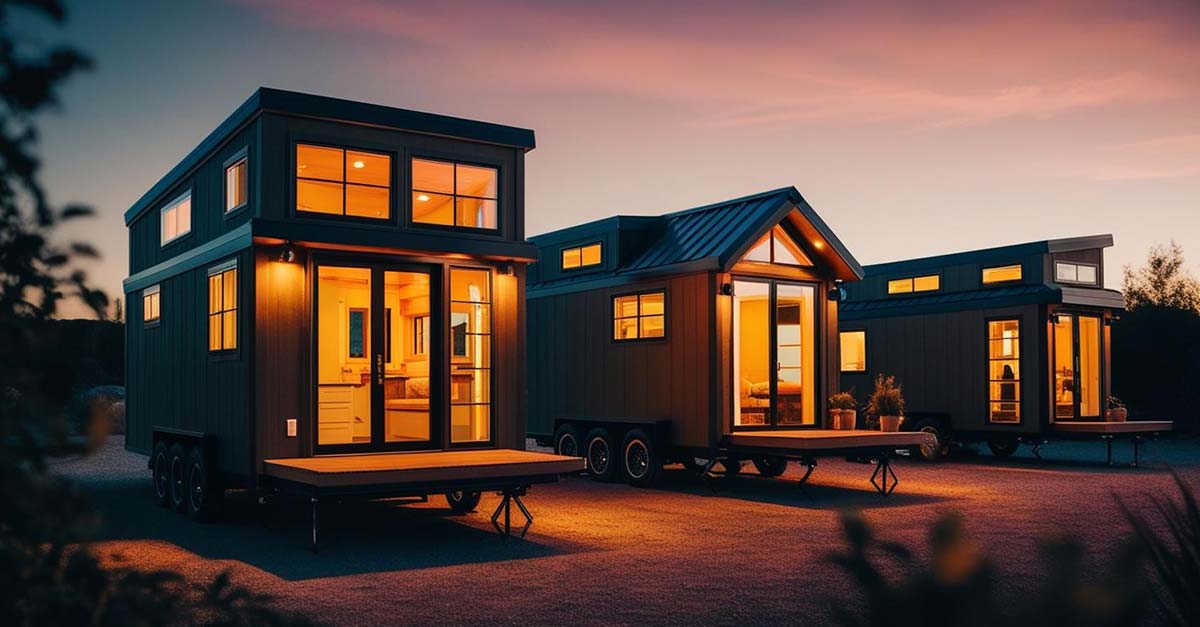Inspiration
Elon Musk’s Minimalist Lifestyle: A Case for Tiny Living
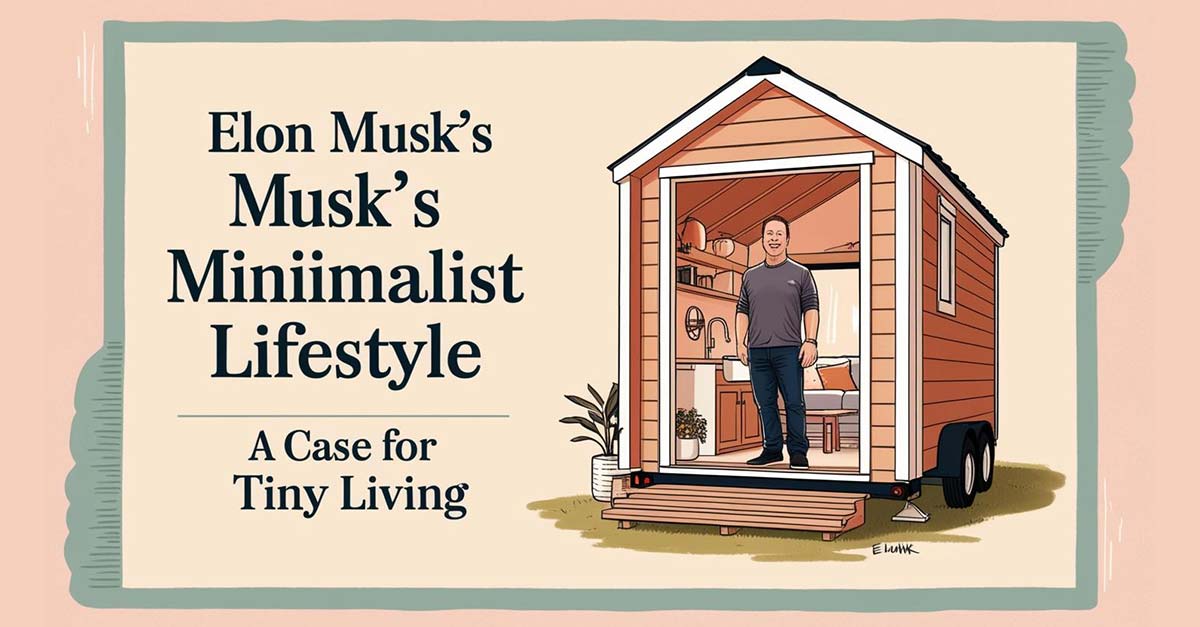
Elon Musk, known for his groundbreaking ventures in space exploration, renewable energy, and electric vehicles, is not just reshaping industries—he’s also redefining how we think about lifestyle. Despite his immense wealth, Musk’s embrace of a minimalist lifestyle, particularly his decision to live in a prefabricated tiny home, has sparked global conversations about sustainability, simplicity, and the future of housing.
Elon Musk and the Move to Tiny Living
In 2021, Musk reportedly sold off most of his real estate holdings and moved into a compact, 375-square-foot prefab home by Boxabl. This choice wasn’t driven by necessity but by principles. Musk himself has said he’s a “fan of simplicity” and prefers functionality over excess.
This move highlights a broader shift in values, aligning with the philosophy of the tiny house movement—a lifestyle that emphasizes living with less, reducing environmental impact, and maximizing efficiency.
Why Elon Musk’s Lifestyle Matters
Musk’s choice to live in a tiny home is more than a personal preference; it’s a powerful statement about sustainability and innovation. By opting for a minimalist lifestyle, he’s showcasing how tiny living can align with larger goals of reducing carbon footprints, conserving resources, and prioritizing purpose-driven living.
The Benefits of Tiny Living
- Sustainability: Tiny homes consume fewer materials during construction and require less energy for heating, cooling, and maintenance.
- Affordability: They are often more cost-effective, making homeownership more accessible.
- Simplified Living: Fewer possessions mean less clutter and more focus on what truly matters.
- Mobility: Many tiny homes are portable, offering flexibility in location and lifestyle.
Elon Musk’s Tiny Home and Sustainable Technologies
Musk’s Boxabl home isn’t just small—it’s efficient. Boxabl specializes in modular, energy-efficient housing that pairs perfectly with Musk’s vision of sustainability. Imagine pairing tiny homes like these with technologies from Musk’s companies:
- Tesla Solar Roofs and Powerwall: To generate and store renewable energy.
- SpaceX Starlink: For high-speed internet connectivity in remote areas.
- Advanced Materials: Inspired by SpaceX’s innovations, for durability and insulation.
These integrations could transform tiny living into a cutting-edge, eco-friendly solution for modern housing challenges.
FAQs: Elon Musk and Tiny Living
1. Why did Elon Musk choose to live in a tiny home?
Musk’s decision reflects his minimalist philosophy and focus on sustainability. By living simply, he aligns his lifestyle with the principles of efficiency and innovation that define his work.
2. What is Boxabl, and why did Musk choose it?
Boxabl is a company that creates prefabricated, modular homes designed for efficiency and affordability. Musk’s Boxabl Casita is a 375-square-foot unit known for its durability and energy efficiency.
3. How does Musk’s lifestyle influence the tiny house movement?
As a global influencer, Musk’s embrace of tiny living highlights its viability and desirability, encouraging more people to consider downsizing and living sustainably.
4. Can tiny homes be equipped with Tesla technologies?
Absolutely. Solar panels, Powerwall batteries, and Tesla’s energy management systems can make tiny homes self-sufficient, aligning with Musk’s vision of sustainable living.
5. Is tiny living practical for everyone?
While tiny living offers numerous benefits, it’s not one-size-fits-all. Factors like family size, work needs, and lifestyle preferences play a role in determining its feasibility.
Conclusion
Elon Musk’s minimalist lifestyle is more than a personal choice—it’s a beacon for the future of sustainable living. By adopting a tiny home, Musk exemplifies how living with less can align with values of innovation, environmental stewardship, and purpose-driven living. His example inspires us all to rethink our relationship with space, possessions, and sustainability.
Living small, as Musk shows, can lead to thinking big about the planet’s future.

